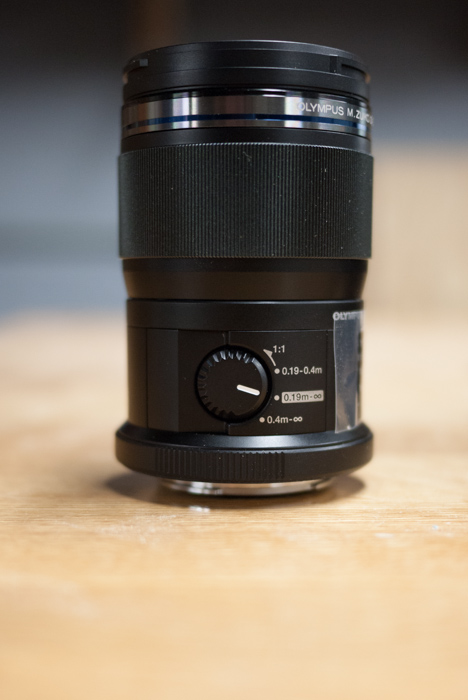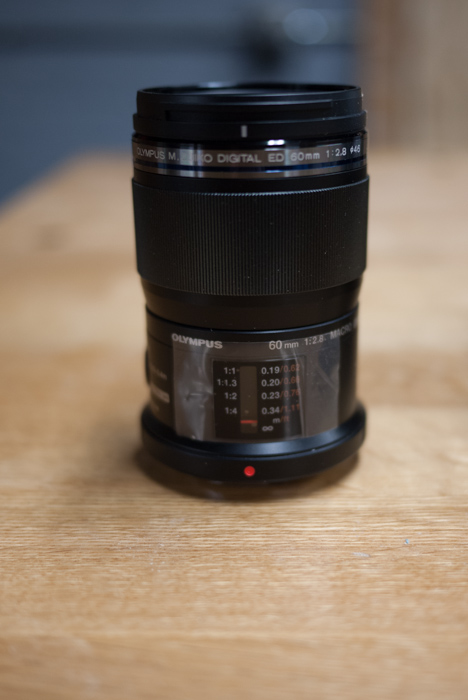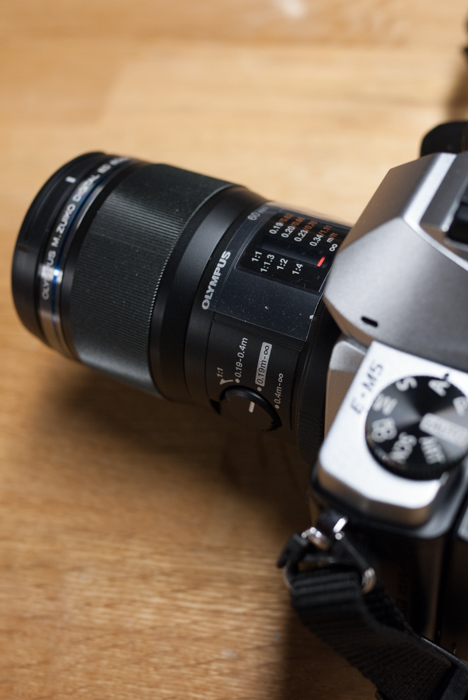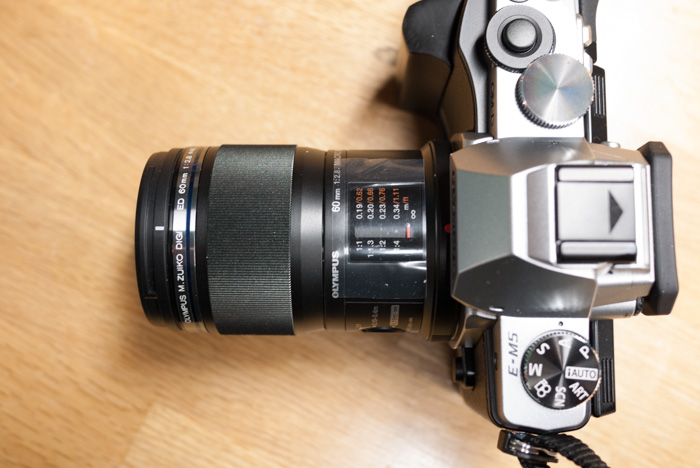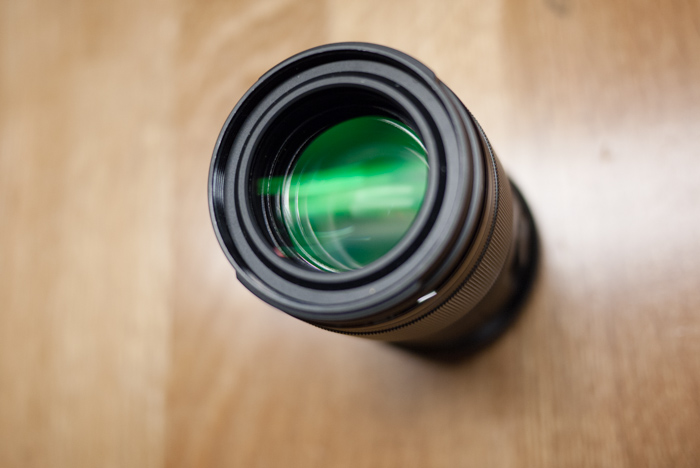Last Updated on 02/19/2013 by Mike Pouliot
A few weeks back I posted my initial impressions of the Olympus M.ZUIKO DIGITAL ED 60mm f2.8 Macro Lens. When I wrote this post, I had only had the lens for a few days but I was already impressed by Olympus’ first attempt at a macro Micro Four Thirds (MFT) lens. Now that I’ve had several weeks to get to know this lens, let’s see if my initial impressions were correct.

Let me start off by saying that my initial impressions post was pretty thorough. Actually, I may have gone a bit overboard in that post as many readers thought it was the complete review of the lens. If you read my initial impressions post, some of the following may be a bit redundant…bear with me.
Also, all of the images in the initial impressions post were macro shots which is fitting as this is a macro lens. In this, the full review, I made it a point to include non-macro photos as lens shines even when it is not inches away from its subject.
EDITOR’S NOTE: PLEASE SEE THE INITIAL IMPRESSIONS POST FOR MORE MACRO PHOTOGRAPHS
Pros and Cons
Pros
- Excellent optics/image quality
- Lightweight
- 1:1 Maximum Reproduction Ratio
- Focus Distance Dial
- Splash/Dust proof
- 46mm filter thread (more common than the Olympus 45mm’s 37mm thread)
Cons
- AF is not terrible, but it is not as fast as Olympus’ other primes e.g. 45mm and 12mm
- All plastic construction
- Lens hood not included
- No image stabilization. This will not matter for Olympus shooters but Panasonic shooters take note.
Gear Used
- Olympus OM-D E-M5
- Panasonic Lumix GF-1
- Olympus FL-600R
- Benro Travel Angel Tripod
- Gorilla Pod DSLR
- Frio Universal Coldshoe
Technical Specifications
Specs taken from the B&H Photo Video listing.
| Features | |
|---|---|
| Image Stabilization | No |
| Autofocus | Yes |
| Tripod Collar | No |
| Flash Synchronization | Not Specified By Manufacturer |
| Exposure Control | Not Specified By Manufacturer |
| Physical | |
|---|---|
| Filter Thread | 46 mm |
| Dimensions (DxL) | Approx. 2.20 x 3.23″ (56 x 82 mm) |
| Weight | 6.53 oz (185 g) |
Ergonomics
At approximately 3.2″ long, it’s about the same size as the OM-D’s 12-50mm kit lens. A lens of this length on a MFT body does feel a bit awkward, but handling characteristics aren’t bad especially if your camera has a decent grip. The focus ring dominates the top half of the lens and it turns with a smooth, consistent action. The resistance from the focus ring is neither too light nor too heavy. It feels very balanced when manually focusing.
Besides the focusing ring, the other main feature of the lens is a dial that allows you to set the distance range that the lens will use when attempting to lock focus. There are four settings:
- 0.4 meters – infinity
- 0.19 meters – infinity
- 0.19 meters – 0.4 meters
- 1:1 (closest focusing distance)
To select your working distance, simply turn the dial to the desired range. If you want to select 1:1, you have to turn and hold the dial at the 1:1 setting and it will automatically pop back to 0.19 meters – 0.4 meters. As I stated in the “Cons” section, the AF isn’t as fast as some of the other MFT lenses but using this distance dial does make a big difference. If you know you aren’t going to be shooting macro, set it to the 0.4 meters – infinity setting and your AF speed and accuracy will be much better.
The last “feature” of the lens is a reproduction ratio scale which is located on the top of the lens when mounted to a camera body. An indicator moves as you focus (manually or AF) and it allows you to see where you are in terms of your focusing distance. I mainly used this scale to see when I was approaching 1:1 which is this lens’ minimum focusing distance.
Build Quality
My thoughts on build quality haven’t change since my initial impressions post. The lens is well made and it gets a big plus for being splash and dust proof, but it does feel a bit cheap. The entire body, including the focus ring and distance dial, are made of plastic. I’d prefer more of a rubbery grip texture on the focus ring, something like the Panasonic 25mm’s focus ring. The only exterior parts that aren’t made of plastic are the lens mount and the glass elements. With that being said, I still think it is relatively well made and you shouldn’t run into any durability issues unless you happen to drop this lens on a hard/unforgiving surface.
Autofocus

Ease of Use

This lens does take longer than usual to get used to, but it’s well worth the effort. Once I mastered the distance dial and I became comfortable using manual focus for macro images, this lens really came alive. If you plan on using this lens for pure macro shooting, you will need to get used to the distance dial right away as you will be using this feature quite a bit. If this is going to be a headshot lens (I would save your money for the Olympus 75mm), switch the distance dial to 0.4 meters – infinity and forget about it.
Image Quality

I’ve owned or used almost all of the MFT primes and I have to say that the 60mm macro is definitely near the top of the list in terms of image quality. I was pleased with JPEGs straight from my OM-D, no need to a bump in sharpening or saturation. I found the bokeh to be very smooth and pleasing and CA/color fringing are almost nonexistent. Vignetting is visible at F2.8 but I found it rather pleasing and only felt it needed to be corrected on a few images. Stop down to F4 and the image will be razor sharp and vignetting will be gone.

What I really liked about the 60mm is it’s flexibility. I spent some a few days shooting this lens out on the street and I even did some environmental portraits of my father building my soon-to-be nephew’s crib. While a faster aperture (i.e. F1.8) would be better for portraits and low light environments, the 60mm was still able to produce images with a decent amount of subject isolation.
Sharpness
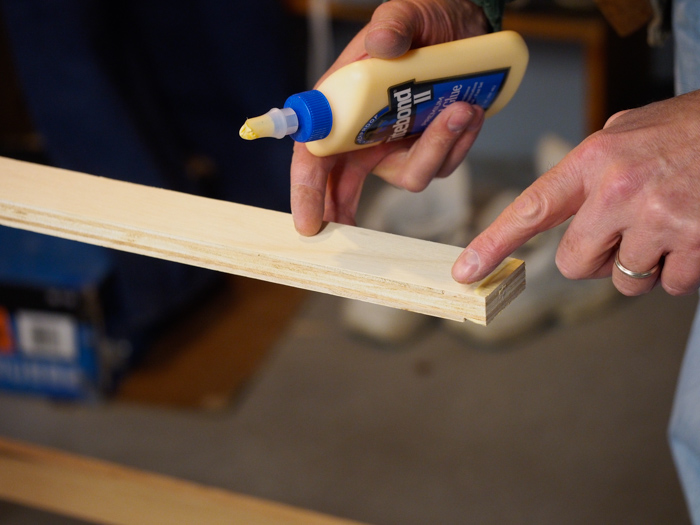
This lens is amazingly sharp. As I said before, I never felt that images needed a bump in sharpness. Even wide open at F2.8, this lens is incredibly sharp in the center and it very good in the corners. When I wasn’t shooting macro images, I often shot with the lens wide open because I knew this lens could provide me with the sharpness I need while producing very pleasing bokeh.
Color Fringing

I have to be honest, I never really notice color fringing unless it is blatantly obvious. The kit lens that came with my Canon Rebel XT had pretty horrific color fringing. Since that kit lens, I’ve invested in much better glass. The Panasonic 20mm can display some pretty bad chromatic aberrations when used with the OM-D, but I fix them in post when necessary. Anyway, CA/color fringing are virtually nonexistent with the Olympus 60mm…it’s quite impressive. Even in very high contrast situations (see above image), the 60mm is a champ and shows no visible color fringing or CA.
Distortion
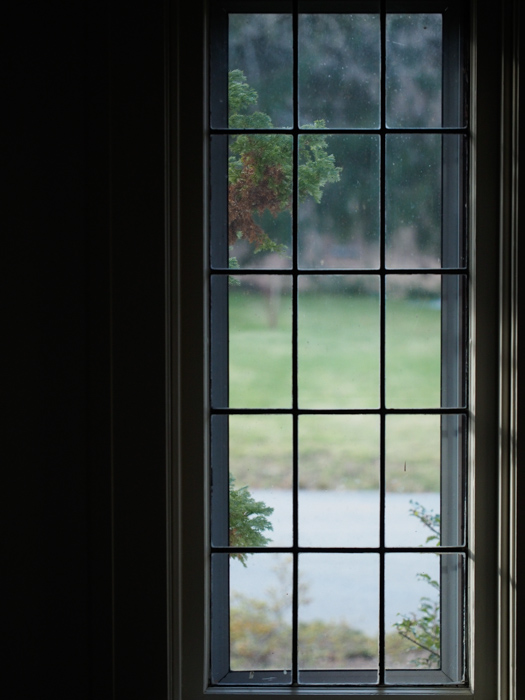
Being a 60mm lens, one would imagine that distortion would be negligible. If you thought this, you would be correct. Out of all of the images I shot, I never detected any noticeable signs of distortion.
More Images

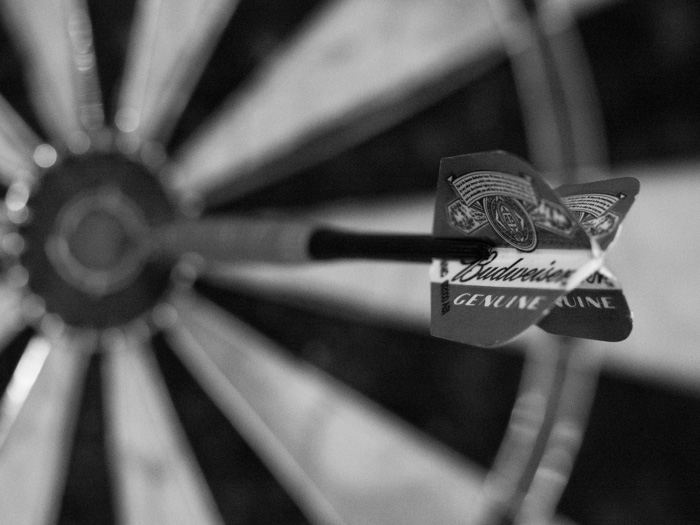
Olympus 60mm Macro vs. Olympus 45mm F1.8
Below is a very quick and dirty comparison of the Olympus 60mm Macro vs. probably the best value in MFT portrait lenses, the Olympus 45mm F1.8. Again, the comparison below is nothing scientific but you can clearly see that both lenses are more than capable of shooting environmental portraits.

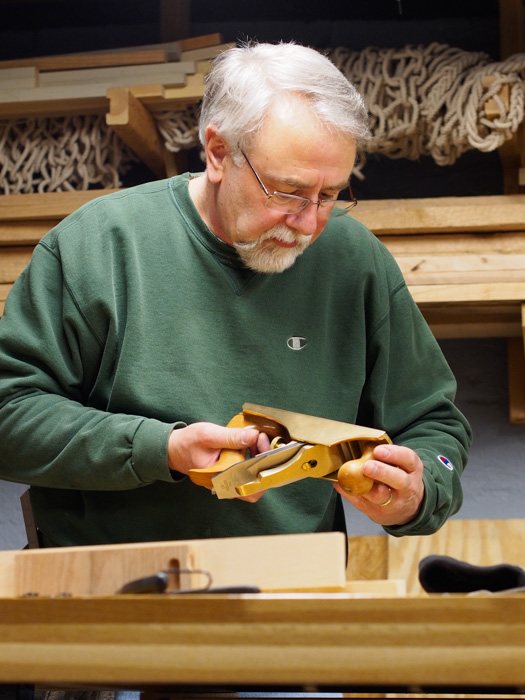
Conclusion

There’s no doubt about it, the Olympus 60mm macro is a stellar lens; I personally think it’s one of the best primes for the MFT format at the moment. It has fantastic image quality, it’s relatively affordable, it’s lightweight and splash/dust proof. It can even pull double duty as a wonderful portrait lens (120mm equiv. is great for headshots). Like most lenses, the 60mm does have a few issues. AF isn’t quite as fast as it’s 12mm and 45mm siblings, but it is still quick enough for everyday use. Also, the all plastic construction makes me wonder how this lens will fare over years of use. Even with these minor issues, I would recommend this lens without hesitation to any macro shooter or someone looking for a lens that can pull double duty as a macro lens and a portrait lens.
Personal Note
When I first received this lens for testing I thought I would simply test it for a few weeks and send it back without a thought, like I do with most of the products I review, but the Olympus 60mm Macro was different. I was actually pretty bummed when I had to send this lens back. I’ve never really done any type of macro shooting, but it has always intrigued me. With this lens and my FL-600R, I was able to enter a realm of photography that I have never experienced. Because of this, the 60mm lens made me want to get out and shoot, not something I can say about most of my photography gear.
I had a blast shooting with it over the past month and I’m going to miss this lens, a lot. This lens has just moved to the top of my wish list.
Please Support The Phoblographer
We love to bring you guys the latest and greatest news and gear related stuff. However, we can’t keep doing that unless we have your continued support. If you would like to purchase any of the items mentioned, please do so by clicking our links first and then purchasing the items as we then get a small portion of the sale to help run the website.


